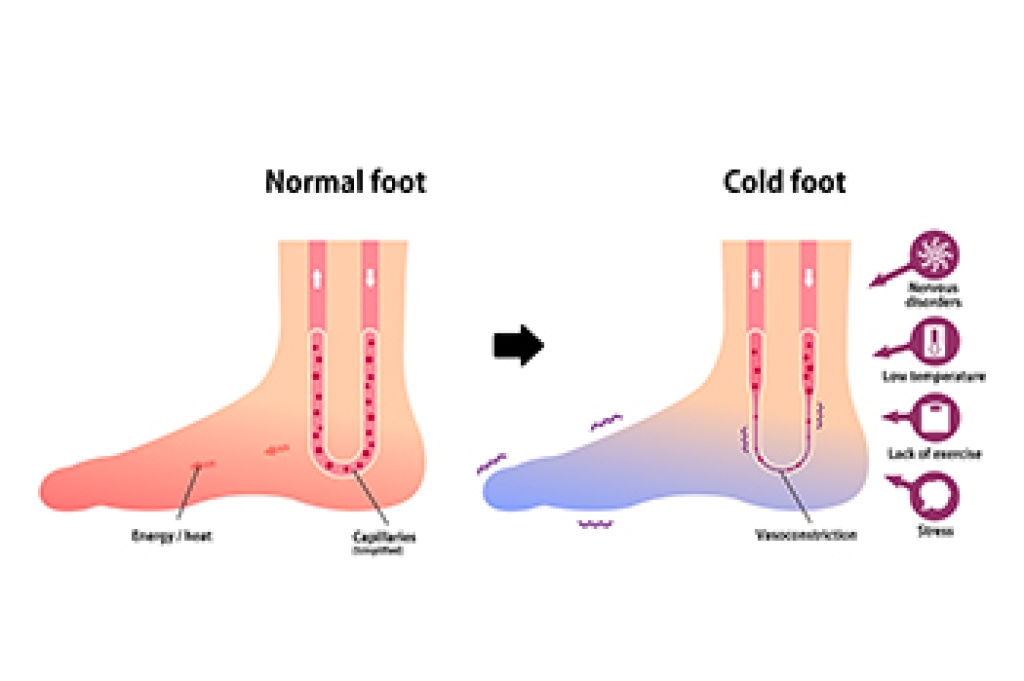
A podiatrist is a medical specialist who focuses on the diagnosis, treatment, and prevention of conditions affecting the feet and ankles. This type of doctor plays an important role in promoting foot health, improving mobility, and supporting overall wellness. Podiatrists treat a wide range of foot and ankle conditions, including injuries, infections, deformities, and chronic pain. This type of doctor also plays a key role in diabetes care by monitoring circulation, nerve health, and skin integrity to help prevent ulcers and serious complications. Through regular exams, education, and preventive care, podiatrists help patients stay active and independent. If you are experiencing foot pain, changes in sensation, or difficulty walking, it is strongly suggested that you consult a podiatrist to improve comfort and protect your feet.
If you are dealing with pain in your feet and ankles, you may want to seek help from a podiatrist. Feel free to contact one of our podiatrists from Palm Beach Foot & Ankle. Our doctors can provide the care you need to keep you pain-free and on your feet.
What Is a Podiatrist?
A podiatrist is a doctor of podiatric medicine who diagnoses and treats conditions of the foot, ankle, and related structures of the leg. Your podiatrist may specialize in a certain field such as sports medicine, wound care, pediatrics, and diabetic care. Podiatrists have the ability to become board certified through training, clinical experience, and then taking an exam.
What Do Podiatrists Do?
On a daily basis, a podiatrist may perform the following activities:
- Diagnose foot ailments such as ulcers, tumors, fractures, etc.
- Use innovative methods to treat conditions
- Use corrective orthotics, casts, and strappings to correct deformities
- Correct walking patterns and balance
- Provide individual consultations to patients
It is very important that you take care of your feet. It’s easy to take having healthy feet for granted, however foot problems tend to be among the most common health conditions. Podiatrists can help diagnose and treat a variety of feet related conditions, so it is crucial that you visit one if you need assistance.
If you have any questions, please feel free to contact our offices located in Boynton Beach, Palm Beach Gardens, and West Palm Beach, FL . We offer the newest diagnostic and treatment technologies for all your foot care needs.




